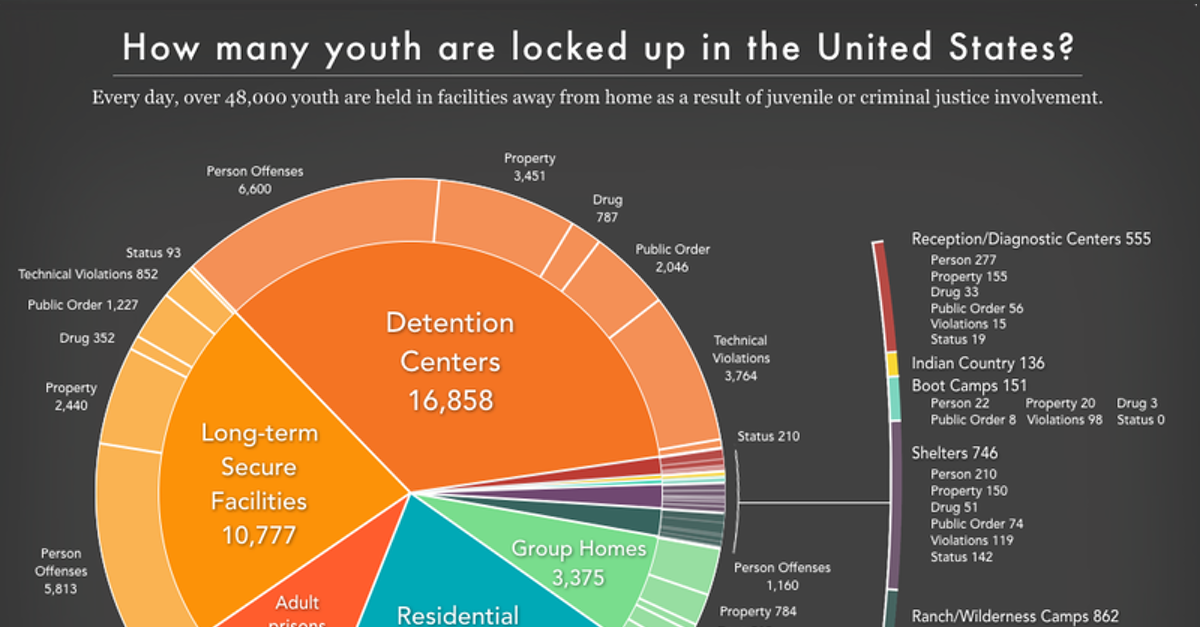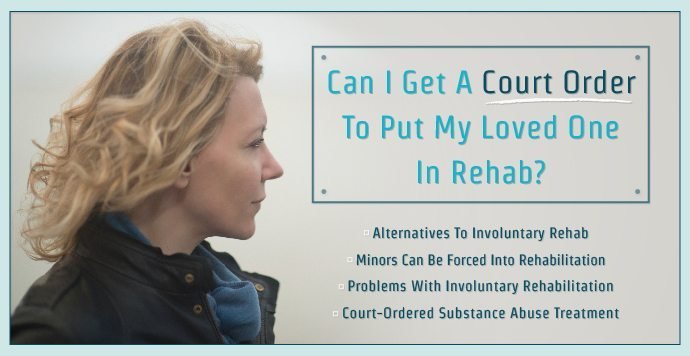Method Choose how Juanita can reward herself when she successfully handles any of the identified triggers without cigarette smoking. Another example of preparing stimulus control includes Angie, who stopped cigarette smoking marijuana as quickly as she discovered she was suddenly pregnant. what is the best treatment for drug addiction. She has chosen to keep the infant, however the brand-new stresses of her changing scenarios make her want to indulge a familiar routine of listening to music to assist her unwind.
Angie tells her therapist that a current attempt to play these tunes was anything however relaxing because she discovered herself preoccupied with yearnings to get high. The therapist advised conversation of other techniques Angie might utilize to manage this stimulus and handle her stress, maybe by choosing other music or other activities.
Her therapist described that their strategy might consist of future consideration of reestablishing the music once the brand-new routine of staying away from smoking cigarettes was more strongly established. To put it simply, controlling the stimulus up until its connection to the found out response Click for more info has actually been snuffed out might ultimately result in the possibility of increasing exposure to the neutered stimulus; in this case, Angie's precious music.
Even when the person has reached the action stage of change, impractical expectations and fears about the pace of success are most likely. The therapist can utilize the continuous procedure of preparation treatment to prepare the client to anticipate ups and downs, to rely on the assistance of the therapist in gaining from both successes and failures, and to preserve faith and hope in ultimate progress and increasing efficacy.
What Does What Is The Treatment For Alcohol Addiction? Do?
From an operant conditioning perspective, substance use recurs since of the strongly enhancing residential or commercial properties of the behavior (detailed in Chapter 4 of Glidden-Tracey, 2005). Therapy in the action phase of change can utilize operant learning concepts by planning techniques to modify the patterns of reinforcement for the client's habits. According to Prochaska and Norcross (1994 ), to the level that the consequences of habits are under control of either member of the treatment dyad, the method of contingency management includes recognizing and using significant rewards for behaviors that are incompatible with substance misuse.

As behavioral therapists have actually often noted, the nature of reinforcement is tricky because the effectiveness of a benefit differs throughout individuals, and since the factors strengthening a person's habits Look at this website are not always obvious (Cahoon & Cosby, 1972). Practical analysis is recommended in behavioral therapies to tease out the reinforcement systems particular to individual customers.
The pleasure and relief that features the effect of the chemical on brain functions is regularly reinforced by social reinforcers. What this means in planning treatment for addictive disorders is that efforts to modify the contingencies of habits, beginning with a practical analysis of reinforcement patterns, will work much better if the therapist acknowledges the advantages in addition to the costs the client has incurred from compound use (Sobell, Sobell, & Sheahan, 1976; Tucker, Donavan, & Marlatt, 1999).
Consistent with motivational talking to concepts (Miller & Rollnick, 2002), the therapist needs to stabilize this compassion with consciousness-raising about the detrimental effects of continuing use, hence establishing disparity. This empathy and disparity are essential in planning treatment in the action stages of change for two factors. First, the customer's heightened awareness of such strong, mixed inspirations for and versus changing behavior helps to expect the difficulties related to acting that accomplishes the requirement objective.
Medically Assisted Treatment For What Type Of Drug Addiction Fundamentals Explained
Second, the therapist's position of compassion with disparity communicates the therapist's gratitude of the salience of reinforcers competing with the client's efforts to change. The therapist's comprehension of the client's completing motivations helps the therapists "roll with resistance." A client who senses that the therapist shares the difficulty of the customer's struggle to keep action tends to feel supported instead of criticized.

Such experiences likewise add to increases in the customer's self-efficacy for change. The research literature on treatments of compound use conditions includes several studies of contingency management techniques where the benefits for customer habits consistent with therapy objectives were under the therapist's control (e - what is the latest treatment for opioid addiction.g., Budney, Higgins, Radonovich, & Novey, 2000; Carroll, Sinha, Nich, Babuscio, & Rounsaville, 2002; Higgins, 1999; Higgins, Wong, Badger, Ogden, Haug, & Dantona, 2000; Tidey, O'Neill, & Higgins, 2002).
The vouchers can later be exchanged for http://beunnad4x2.booklikes.com/post/3268326/indicators-on-cities-where-where-addiction-treatment-services-you-need-to-know desirable products or privileges. Applications to outpatient treatment have actually likewise been successfully made use of. Proof indicates that coupon systems are normally effective in decreasing substance use throughout treatment, but that these gains tend to drop off fairly right after treatment ends (Epstein, Hawkins, Covi, Umbricht, & Preston, 2003; Rawson, et al., 2002).
When the benefit (token, privilege, etc.) is under the control of a celebration external to the customer, such as the therapist or treatment service provider, customers do not have access to that benefit up until they perform the contingent response. But when it depends on clients to strengthen themselves for actions that are constant with treatment or aftercare goals and incompatible with continuing bothersome substance usage, the dispute with completing benefits emerges.
A Biased View of Where To Go For Treatment Of Addiction To Video Games For Children
In the less controlled environments where nonresidential therapies play out, the customer must discover to manage her or his own rewards and responses to the extent feasible. B.F. Skinner composed that the best defect in human nature is the tendency to prefer easy, instant, however possibly damaging repercussions over benefits that take more time and effort to obtain, even if their overall advantages to the person are higher.
Hence treatment planning in the action and upkeep phases of change presents contingency management methods of both types: (a) where an external celebration controls administration of the reinforcers for new habits, and (b) where the customer applies self-reinforcement. The previous may be better in the early phases of action, when customers are more likely to punish themselves for incomplete efforts or straight-out failures to reach target habits.
An example would be the customer who chose to buy herself a brand-new garment after one complete week of sobriety, but then shopped before the goal was accomplished, or talked herself out of the purchase even after successfully meeting the objective because she had actually had a hard time so much with cravings throughout the week that she did not feel she deserved the brand-new outfit.
For instance, a customer in early remission from an alcohol use disorder can not change the truth that numerous grocery stores consist of aisles showing alcohol, which has in the past provided liquid support for shopping. Nevertheless, the client can learn to customize the experience of grocery shopping in anticipation of the prompts and cravings stimulated by a look of that alcohol aisle.
The Best Strategy To Use For What Must Be On A Prescription For Opioid Addiction Treatment Massachusetts
In lots of circumstances customers are not in a position to completely avoid supermarket (or convenience stores, or restaurants, or beer commercials on TV, and so on) and the following yearnings. For such customers the treatment strategy could consist of time to talk about alternate interpretations of the circumstances that activate advises and cravings, as well as behavioral options the client has in response to those different analyses.